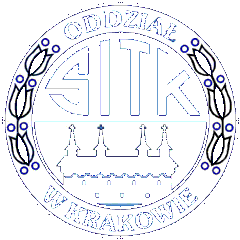Sorry, this entry is only available in Polski.
Category Archives: Urban and Regional Transport
(Polski) TMIR – MARZEC 2023
Sorry, this entry is only available in Polski.
TMiR – February 2023
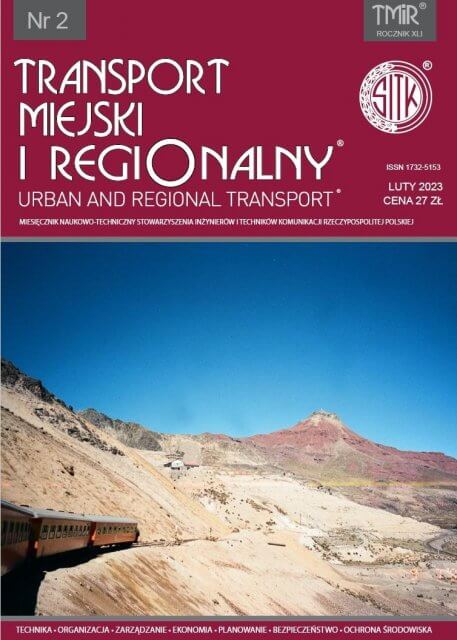
Andrzej Krych
Peruvian railway construction (1850 – 1880). History, determinants and engineering environment
Abstract: The construction of the Trans-Andean Central Railway and the role of Ernest Adam Malinowski in this project have been overshadowed in our historical perception by the circumstances surrounding the creation and implementation of this project. The article illuminates the broad background, circumstances and process of the maturation and launch of the project – the Great Railway Project – paying particular attention to the formation of the engineering community in a specific geopolitical situation. In certain spheres, the Project was at the same time an engine for the modernization of the Peruvian state in a laissez-faire spirit. The project’s objective was the result of a clear diagnosis with a rather calculating and yet highly risky engineering of its financing. The macroeconomic situation, the financial crisis and the war have resulted with the collapse of the state and the interruption of the Project. As a result, economic results were recorded only after the business reconstruction of the Project, the political stabilization of the state and the confluence of favorable external conditions, which took several decades. It is left to the readers’ judgement how useful the historical matter of the article is in discussing our contemporary reality. All this history is an elementary part of the material heritage associated with the Central Trans-Andean Railway.
Key words: railway history, great engineering projects, Central Trans-Andean Railway, Ernest A. Malinowski
TMiR – JANUARY 2023
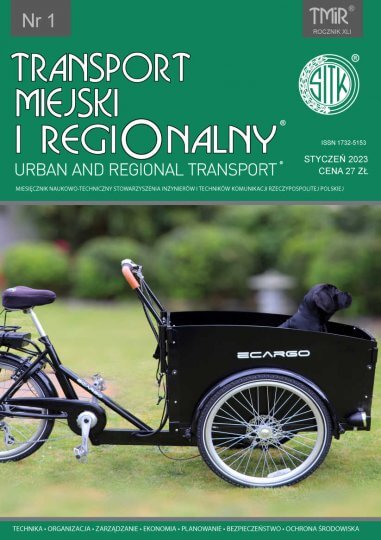 Jakub Starczewski
Jakub Starczewski
Selected issues of shaping the cargo distribution system with the use of cargo bikes inside the urban agglomeration
Abstract: The article addresses the issue of improving the efficiency of cargo delivery in historic centers of large cities and agglomerations, using cargo bicycles. It is a description of selected issues falling within the scope of the author’s doctoral dissertation. The article presents a mathematical model of the delivery system, within which the following elements have been identified: the criterion for evaluating the system’s effectiveness, the model of demand for cargo delivery, the methods of vehicle routing and the methods of selecting the location of reloading points. All elements are characterized in later parts of the text.
Continue reading
TMiR – November / December 2022
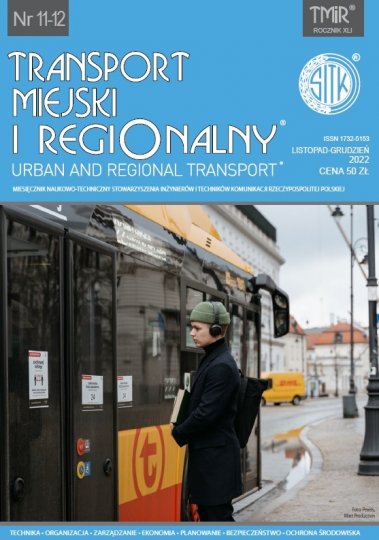
Katarzyna Mieszczak
Creating spatial development depending on the accessibility to public transport stops, on the example of the area of Górka Narodowa Zachód
Abstract: The article deals with the subject of spatial development planning, taking into account the accessibility of a given area to public transport stops. The presented example concerns the area of Górka Narodowa Zachód.
Continue reading
TMiR – October 2022
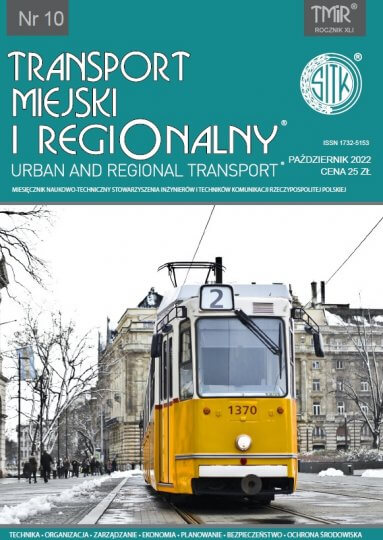 Tomasz Kula
Tomasz Kula
The analysis of the Polish railway market and image of rail passenger carriers
Abstract: The article focuses on the analysis of the Polish passenger rail market in the reality after the reform of the PKP (Polish State Railways) and the establishment of separate passenger rail companies. A review of the existing and competing railroad companies in the market and their marketing activities is made. Internal competitiveness in the Polish passenger transport market is presented. Continue reading
TMiR – SEPTEMBER 2022
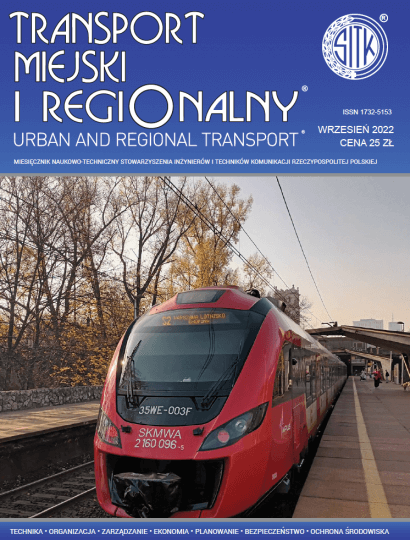
Robert Tomanek
Instruments to decarbonize urban mobility
Abstract: Decarbonization is one of the trends in balancing urban mobility. It is about reducing greenhouse gas emissions. Decarbonization has a positive effect on climate protection, but also improves the quality of life in cities. Continue reading
TMIR – August 2022
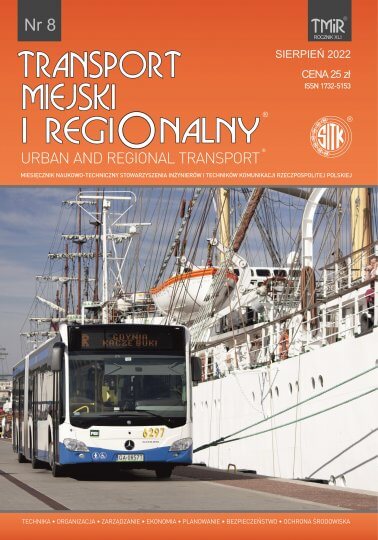 Hubert Kołodziejski, Olgierd Wyszomirski
Hubert Kołodziejski, Olgierd Wyszomirski
30 years of operation of the Municipal Transport Authority in Gdynia
Abstract: The Municipal Transport Authority in Gdynia (ZKM) has been organizing public transport services in part of the Gdańsk Bay Metropolis for 30 years. The separation of the organizational activity from the transport activity allowed for the introduction of competition in transport services to Gdynia’s public transport.
Continue reading
TMIR – July 2022
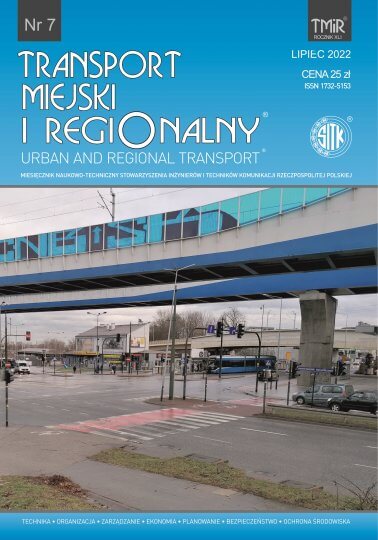
Aleksander Sobota, Mariusz Gruszka, Dorota Gawenda
The method of classifying bus lines on the example of lines organized by the Metropolitan Transport Authority in Katowice
Abstract: The issues of optimizing public collective transport (PTZ) include many dimensions related to, among others, with the transport offer, tariff or infrastructure used to serve passengers and means of transport [1, 2]. Its overall goal is to maximize efficiency while minimizing costs.
Continue reading
(Polski) TMIR – Czerwiec 2022
Sorry, this entry is only available in Polski.

